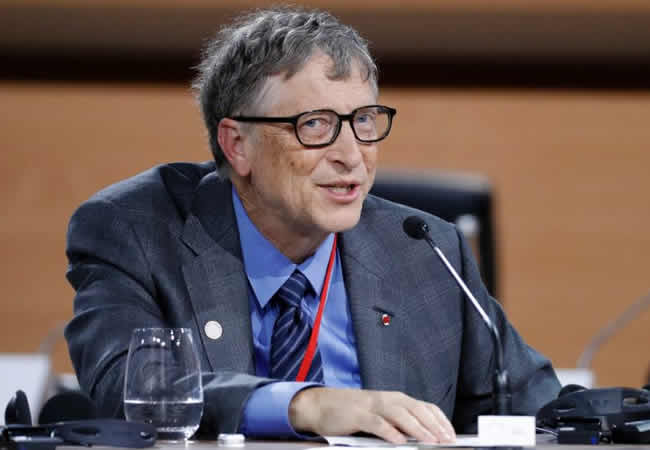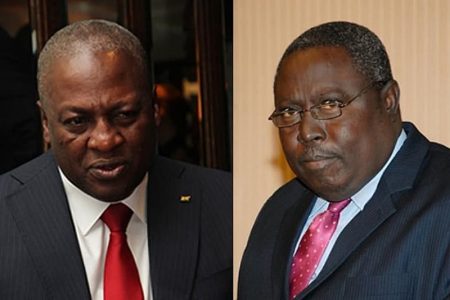Bill Gates, the co-founder of Microsoft and renowned philanthropist, has announced his intention to donate virtually all of his estimated $200 billion fortune to the Bill and Melinda Gates Foundation over the next two decades, culminating in the foundation’s closure by the end of 2045. This ambitious plan represents a significant acceleration of his previous philanthropic timeline, driven by a desire to address pressing global issues with the utmost urgency. Gates expressed his determination to avoid being remembered for his wealth, emphasizing that the resources at his disposal could be better utilized to alleviate suffering and improve lives worldwide. Upon the foundation’s closure, Gates anticipates retaining only one percent of his current wealth, approximately $1.6 billion, for himself and his family.
The Bill and Melinda Gates Foundation, established in 2000, has emerged as a leading force in global philanthropy, having invested over $100 billion in initiatives focused on health, education, and poverty reduction. The foundation’s contributions have spanned various critical areas, including vaccine development, medical research, and emergency aid, making a tangible impact on the lives of millions across the globe. Gates highlighted some of the foundation’s key achievements, including its instrumental role in the creation of Gavi, the Vaccine Alliance, and the Global Fund to Fight AIDS, Tuberculosis and Malaria. These organizations have revolutionized the procurement and distribution of lifesaving medical interventions, contributing to the preservation of over 80 million lives. Furthermore, the foundation has played a pivotal role in the global fight against polio, partnering with Rotary International to revitalize eradication efforts. Other notable achievements include supporting the development of a rotavirus vaccine, which has significantly reduced childhood mortality from diarrhea.
The decision to accelerate the timeline for the foundation’s closure signifies a shift from the original plan, which envisioned the organization continuing for several decades after Gates’s and Melinda French Gates’s deaths. Gates explained that this revised approach, informed by input from the foundation’s board, allows for a more focused and impactful distribution of resources, providing greater certainty to partner organizations. This accelerated timeline reflects Gates’s belief that the foundation’s goals can be effectively achieved within the next two decades, especially with intensified investment in key areas. The remaining one percent of his fortune, not allocated to the foundation, is likely to be bequeathed to his three adult children.
The Gates Foundation’s work, while impactful, has not been without controversy. Critics have voiced concerns about the concentration of power and influence over global health funding decisions held by the foundation and, by extension, Bill Gates. Some argue that this level of influence could potentially marginalize other actors and perspectives within the global health landscape. Gates, however, defends his approach, asserting his right as a private citizen to determine how his earned wealth is utilized. He believes that the 20-year timeline strikes the right balance between maximizing the foundation’s impact and providing ample notice to stakeholders about the eventual cessation of its funding. This timeframe allows for strategic planning and a smooth transition for organizations reliant on the foundation’s support.
Gates’s decision to wind down the foundation within a defined timeframe reflects a strategic approach to philanthropy, prioritizing the efficient and timely deployment of resources to address pressing global challenges. This move highlights a growing trend among some philanthropists to adopt a more active and time-bound approach to giving, rather than establishing perpetual endowments. By setting a clear end date, the foundation aims to maximize its impact over the next two decades, encouraging a sense of urgency and focused execution of its strategic goals. This model also provides a framework for assessing the foundation’s long-term impact and learning from its successes and challenges.
The closure of the Bill and Melinda Gates Foundation in 2045 will mark the end of an era in global philanthropy. The foundation’s legacy will be shaped by its extensive contributions to global health, education, and poverty alleviation, but also by the ongoing debate surrounding its influence and approach. The foundation’s strategic investments and partnerships have undoubtedly transformed the landscape of global health, contributing to significant advancements in disease prevention, treatment, and access to essential healthcare services. While questions regarding the consolidation of philanthropic power will likely persist, the foundation’s impact on global development remains undeniable. Its legacy will undoubtedly serve as a case study for future philanthropic endeavors, prompting reflection on the most effective strategies for addressing complex global challenges and achieving lasting positive change.














